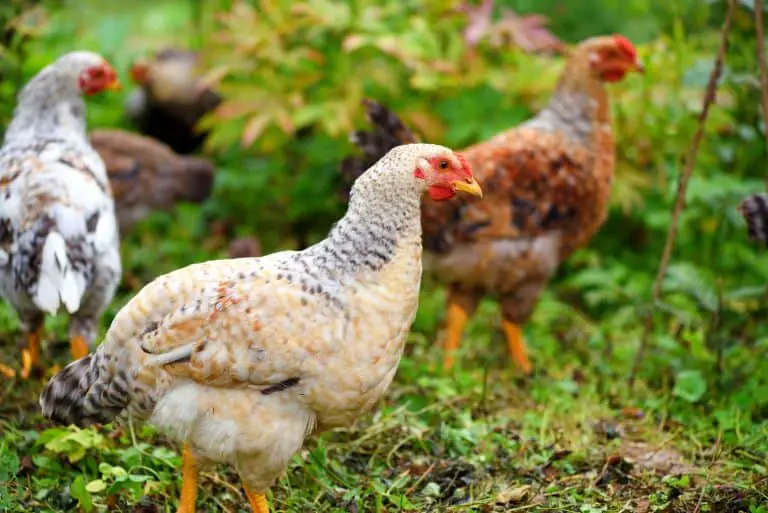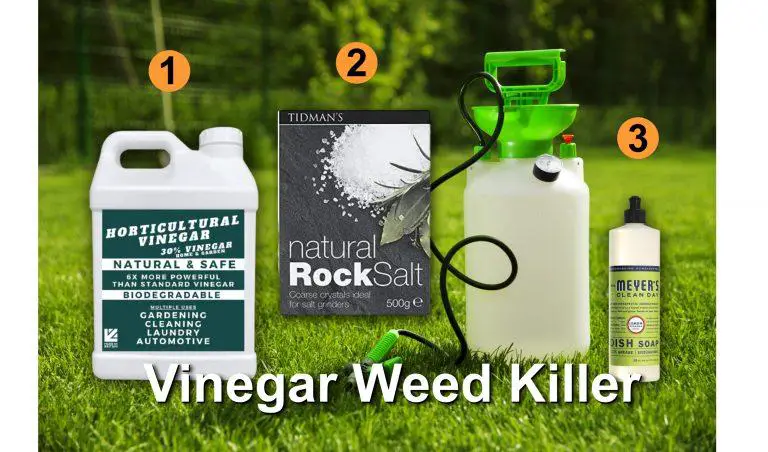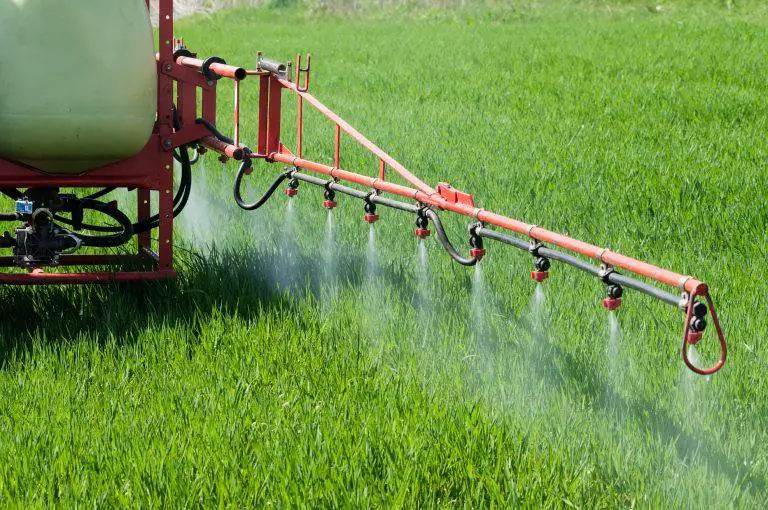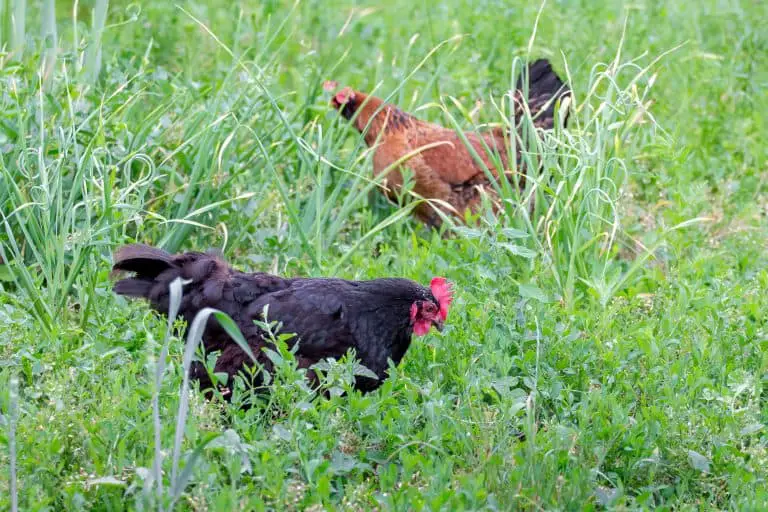REMOVE CREEPING BUTTERCUPS
When it comes to maintaining a healthy lawn or garden, one of the biggest challenges is dealing with weeds. Creeping buttercups, in particular, can quickly spread and take over large areas, making it difficult to keep them under control. That’s why finding the best weedkiller for creeping buttercups is essential for keeping your lawn or garden looking its best.
While there are many different types of weedkillers available on the market, not all of them are equally effective against creeping buttercups. Some may only provide temporary relief, while others may be too harsh and damage surrounding plants. That’s why it’s important to do your research and find a weedkiller that is specifically designed to target creeping buttercups without harming the rest of your lawn or garden.
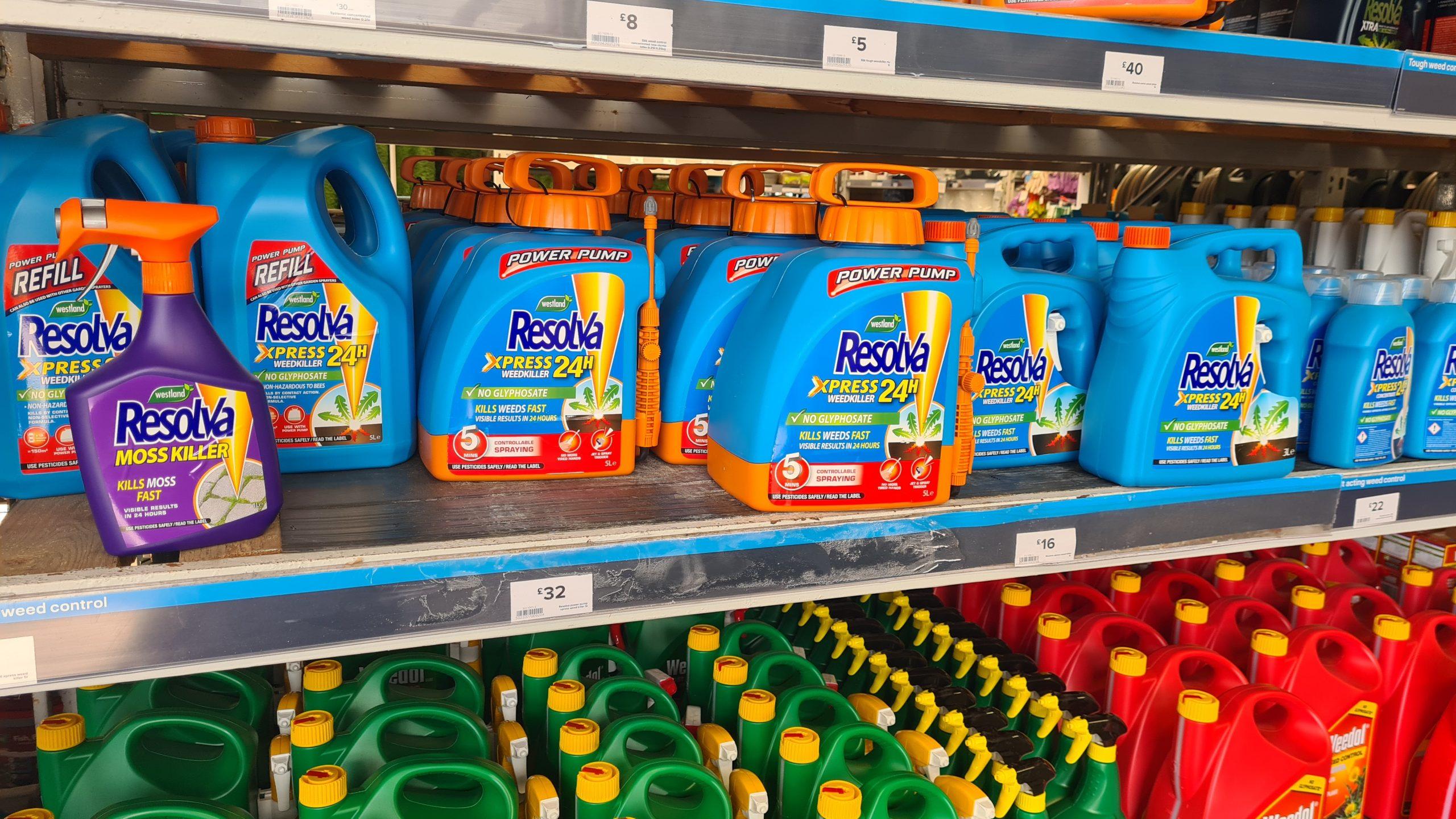
Understanding Creeping Buttercups
Identification
Creeping buttercup, also known as Ranunculus repens, is a perennial herbaceous plant that belongs to the buttercup family. It is a low-growing plant that can grow up to 50 cm in height. The plant has long, thin roots that can spread up to 1 meter underground, making it difficult to control.
The leaves of the creeping buttercup are dark green and glossy, with three lobes that are toothed and hairy. The flowers are bright yellow and have five petals that are shiny and waxy. The plant blooms from May to August.
Habitat
Creeping buttercup is a common weed that can be found in lawns, meadows, pastures, and gardens. It prefers moist soils and can tolerate both acidic and alkaline soils. The plant spreads through its roots and seeds, making it difficult to control.
Creeping buttercup can compete with other plants for nutrients and water, and can reduce the yield of grasses and other crops. It can also be toxic to livestock if ingested in large quantities.
To control creeping buttercup, it is important to identify the plant early and remove it before it spreads. Herbicides containing MCPA or mecoprop can be effective in controlling creeping buttercup, but care must be taken to avoid damage to other plants.
In conclusion, understanding the identification and habitat of creeping buttercup is important in controlling this common weed. By identifying the plant early and using the appropriate herbicides, we can prevent the spread of creeping buttercup and protect our crops and gardens.
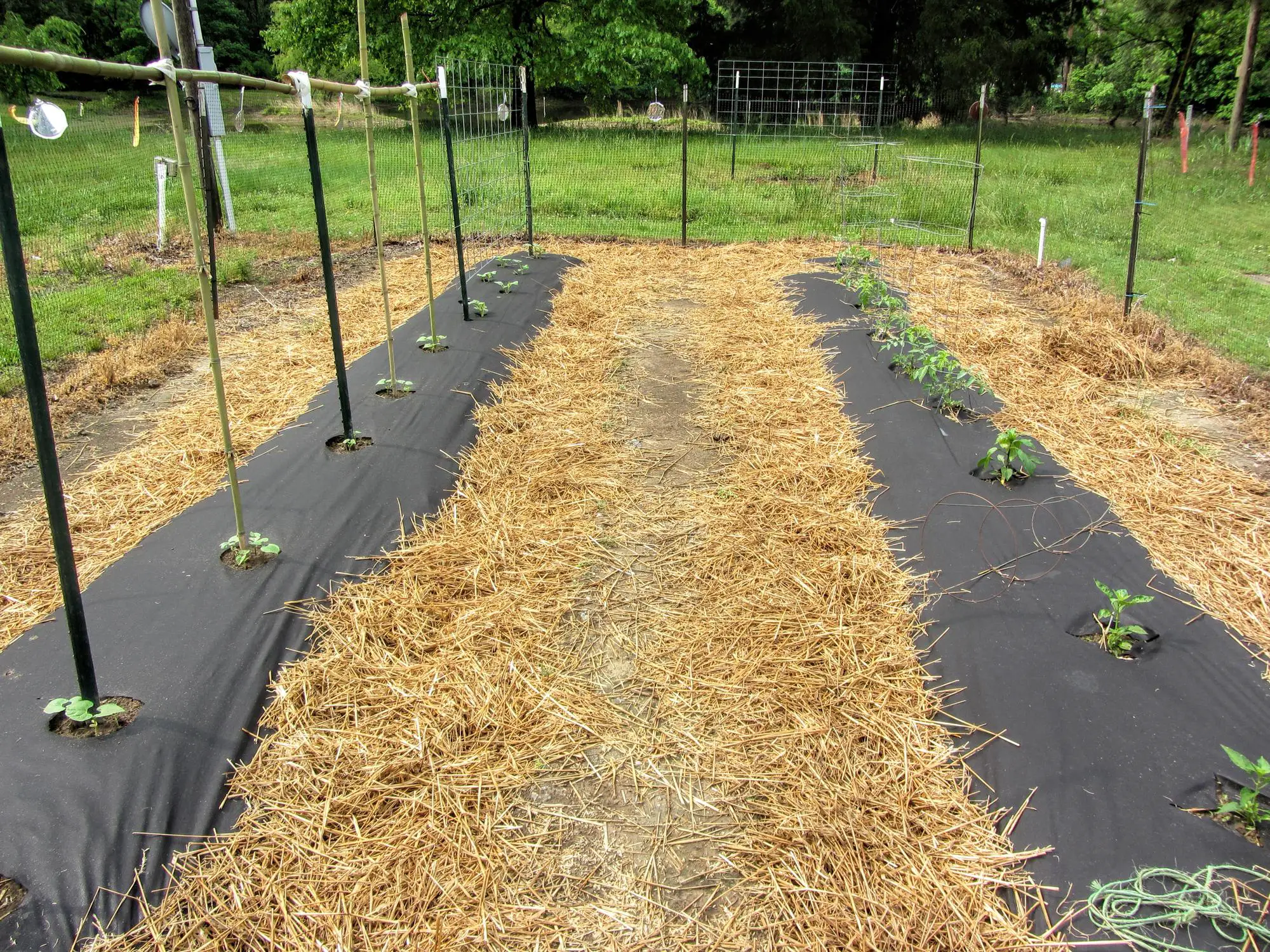
The Need for Weed Control
Weed control is an essential aspect of maintaining healthy grassland, meadows, gardens, and lawns. Creeping buttercups, in particular, can be a nuisance for many landowners and gardeners. These weeds can quickly spread and take over large areas of land, reducing the quality of the sward and causing problems for grazing animals.
Impact on Grassland and Meadows
Creeping buttercups can have a significant impact on grassland and meadows. They can reduce the quality of the sward, making it less palatable for grazing animals. This can lead to a decrease in animal performance and productivity. The weeds can also compete with other plants for nutrients, light, and water, reducing the overall biodiversity of the area.
Impact on Gardens and Lawns
In gardens and lawns, creeping buttercups can be equally problematic. They can quickly spread and take over large areas, making it difficult to maintain a healthy lawn or garden bed. The weeds can also compete with other plants for nutrients, light, and water, leading to stunted growth and poor plant health.
To maintain healthy grassland, meadows, gardens, and lawns, it is essential to implement effective weed control measures. This can include the use of herbicides, manual removal, or a combination of both. It is important to choose a weedkiller that is effective against creeping buttercups while being safe for other plants and animals.
In conclusion, the need for weed control cannot be overstated. Creeping buttercups can have a significant impact on grassland, meadows, gardens, and lawns. By implementing effective weed control measures, we can maintain healthy and productive land, benefiting both ourselves and the environment.
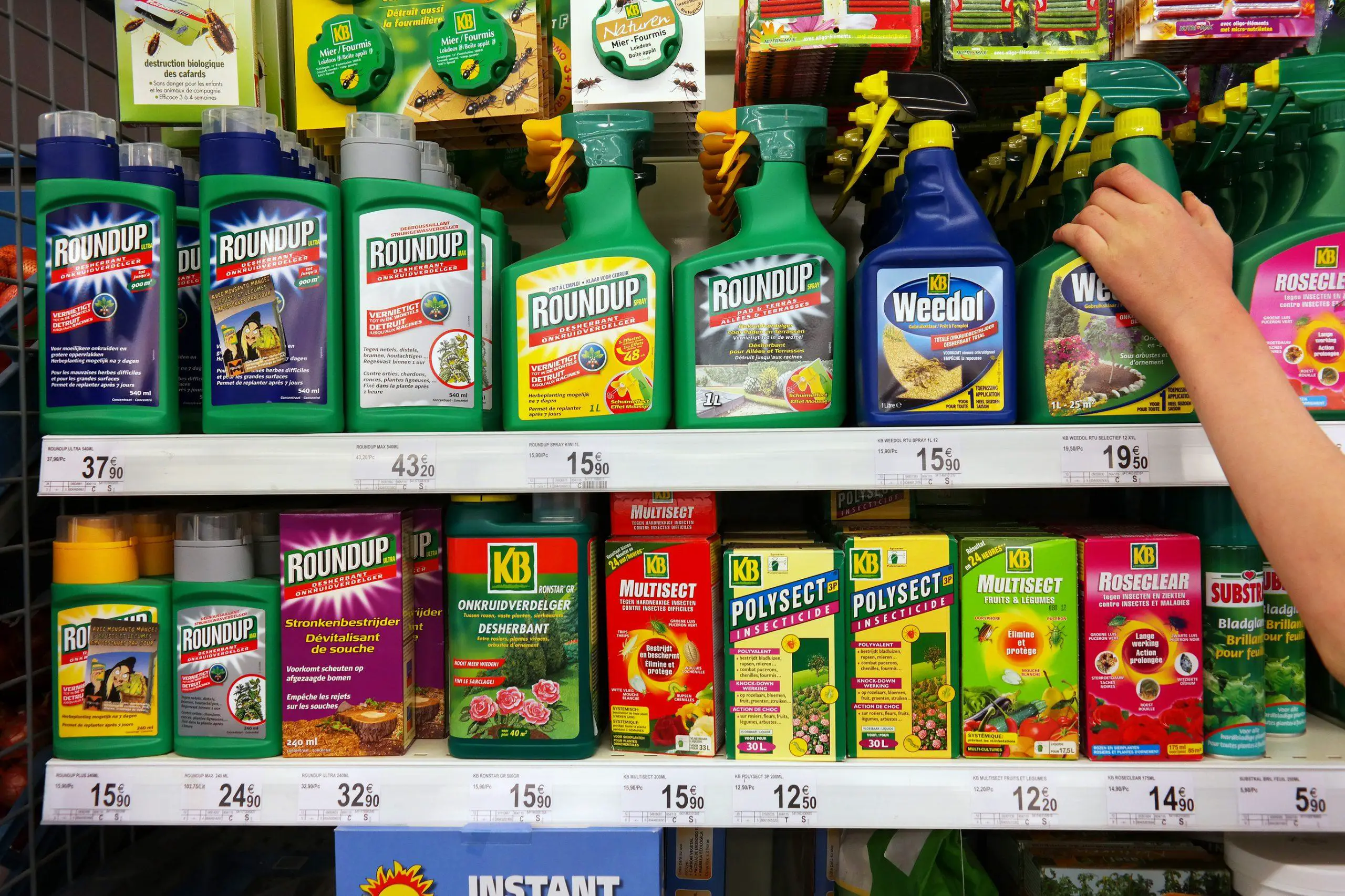
Types of Weedkillers
When it comes to choosing the best weedkiller for creeping buttercups, there are different types of herbicides available in the market. We will discuss the three main types of weedkillers: selective herbicides, non-selective herbicides, and organic weedkillers.
Selective Herbicides
Selective herbicides are designed to target specific types of plants while leaving other plants unharmed. These herbicides are ideal for controlling creeping buttercups without damaging the surrounding vegetation. Glyphosate is a popular selective herbicide that is effective against creeping buttercups. It works by inhibiting the plant’s ability to produce amino acids, which leads to the plant’s death. Aminopyralid is another selective herbicide that is effective against creeping buttercups. It works by disrupting the plant’s growth hormones, which leads to the plant’s death.
Non-Selective Herbicides
Non-selective herbicides are designed to kill all plants, including creeping buttercups. These herbicides are ideal for clearing large areas of weeds and vegetation. Roundup is a popular non-selective herbicide that is effective against creeping buttercups. It works by inhibiting the plant’s ability to produce proteins, which leads to the plant’s death. 2,4-D and dicamba are other non-selective herbicides that are effective against creeping buttercups.
Organic Weedkillers
Organic weedkillers are made from natural ingredients and are safe for the environment. These weedkillers are ideal for controlling creeping buttercups in organic gardens or areas where chemical herbicides are not allowed. Organic weedkillers work by dehydrating the plant or by disrupting the plant’s growth hormones. Vinegar, salt, and boiling water are popular organic weedkillers that are effective against creeping buttercups.
In conclusion, choosing the best weedkiller for creeping buttercups depends on your specific needs and the area you want to treat. Selective herbicides are ideal for controlling creeping buttercups without damaging the surrounding vegetation. Non-selective herbicides are ideal for clearing large areas of weeds and vegetation. Organic weedkillers are ideal for controlling creeping buttercups in organic gardens or areas where chemical herbicides are not allowed.
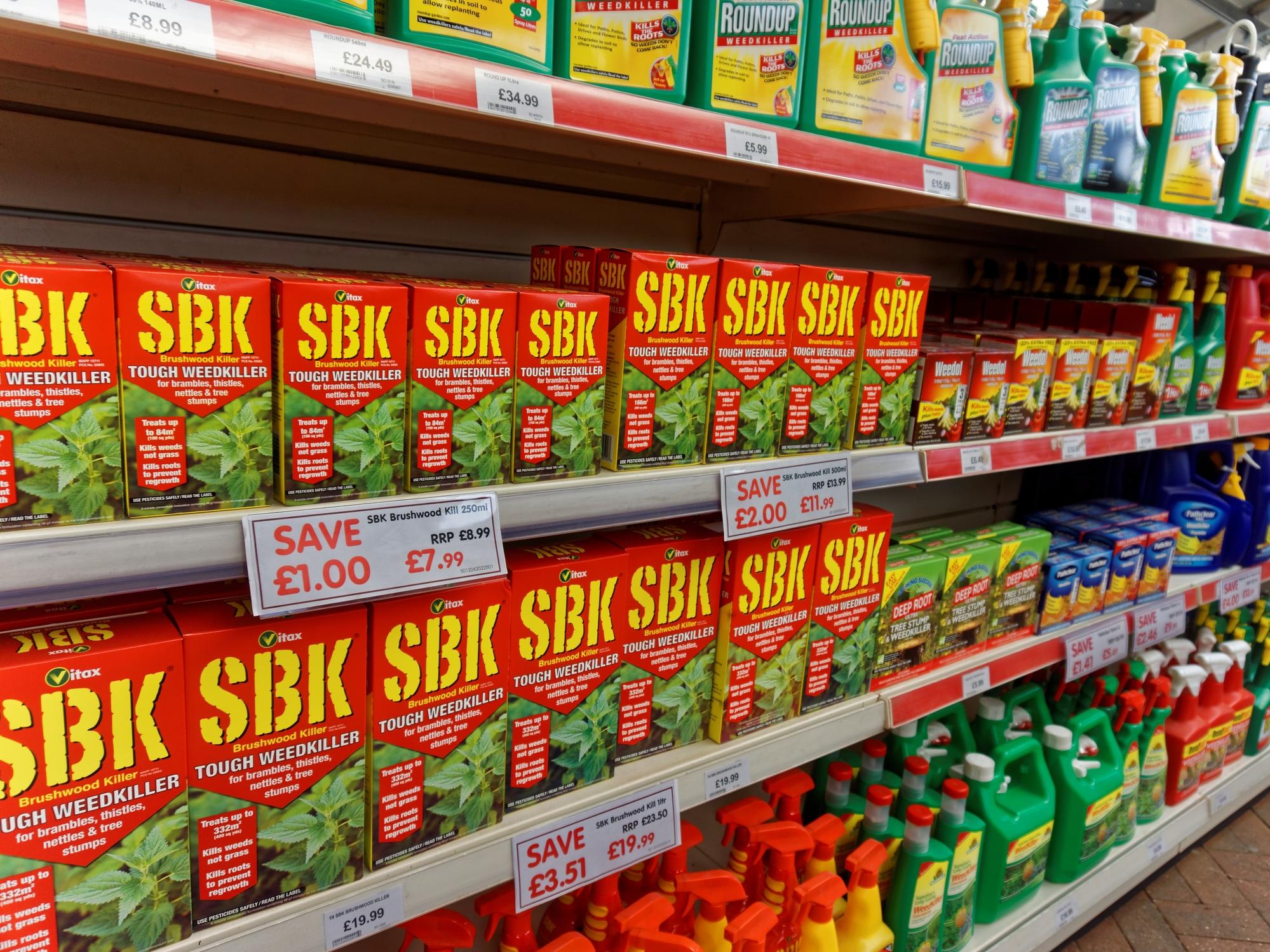
Chemical Control
When it comes to controlling creeping buttercups, chemical control is one of the most effective methods. Herbicides can be used to kill the weed and prevent it from spreading, but it’s important to choose the right herbicide and apply it correctly to achieve the best results.
Choosing the Right Herbicide
There are several herbicides available that can be used to control creeping buttercups, but not all of them are equally effective. Some herbicides are designed to target specific types of weeds, while others are broad-spectrum and can kill a wide range of plants.
For creeping buttercups, herbicides that contain MCPA or 2,4-D are often recommended. These herbicides are effective against perennial weeds like creeping buttercup and won’t harm grass or other desirable plants. It’s important to read the label carefully and follow the instructions for use to ensure that the herbicide is applied correctly and at the right concentration.
Application Techniques
Once you’ve chosen the right herbicide, it’s important to apply it correctly to achieve the best results. Herbicides can be applied as sprays or granules, and the application technique will depend on the type of herbicide and the size of the area being treated.
When using a spray herbicide, it’s important to apply it evenly and avoid spraying on windy days or when rain is expected. Granular herbicides can be applied using a spreader, and it’s important to ensure that the granules are distributed evenly across the area being treated.
It’s also important to apply herbicides at the right time of year. Creeping buttercups are most vulnerable to herbicides in the spring when they are actively growing, so this is the best time to apply herbicides for maximum effectiveness.
In conclusion, chemical control can be an effective way to control creeping buttercups, but it’s important to choose the right herbicide and apply it correctly to achieve the best results. By following these guidelines, we can effectively control this pesky weed and keep our lawns and gardens looking their best.

Non-Chemical Control
When it comes to controlling creeping buttercups without the use of herbicides, there are a few non-chemical methods that can be effective. These methods include mechanical control, preventative measures, and natural methods.
Mechanical Control
Mechanical control involves physically removing the creeping buttercup plants from the pasture. This can be done through hoeing, tilling, or hand-pulling. Hoeing and tilling can be effective in removing the plants, but care must be taken not to disturb the soil too much, as this can encourage the growth of other weed species. Hand-pulling is more time-consuming but can be effective for small infestations.
Preventative Measures
Prevention is always better than cure, and there are several preventative measures that can be taken to reduce the incidence of creeping buttercups in pastures. These include overseeding with desirable grass species to create a dense sward that will out-compete the weeds. Regular mowing can also help to prevent the spread of creeping buttercups by removing the flowers before they can set seed.
Natural Methods
There are several natural methods that can be used to control creeping buttercups. These include using boiling water to kill the plants, as well as introducing natural predators such as dandelions, which can compete with the weeds for resources. Stolons can also be removed by hand, and the use of mulch can help to suppress the growth of the plants.
In summary, there are several non-chemical methods that can be used to control creeping buttercups in pastures. Mechanical control, preventative measures, and natural methods can all be effective, and a combination of these methods may be necessary for the best results. By taking a proactive approach to weed management, we can help to maintain healthy and productive pastures for our livestock.
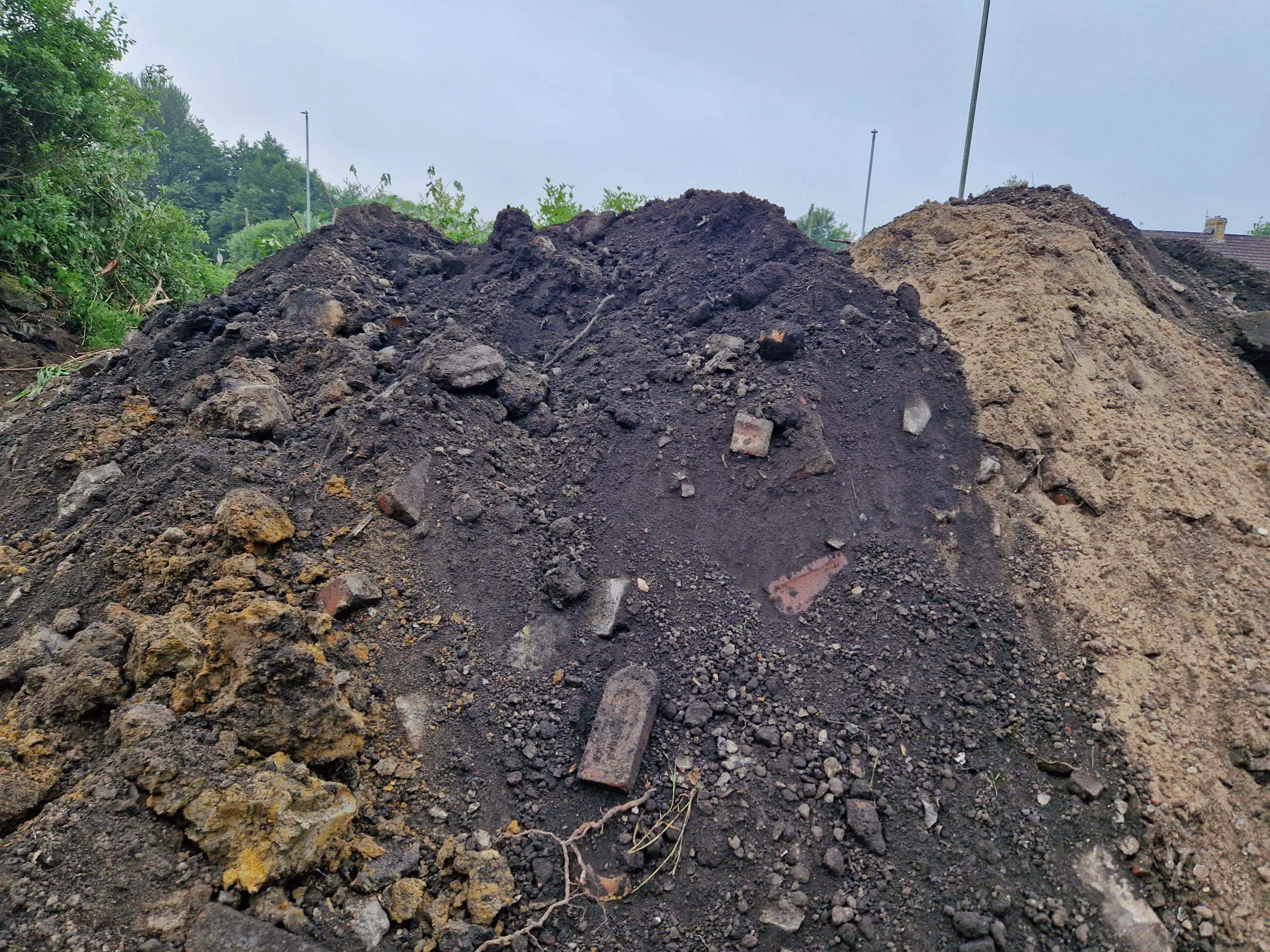
Managing Soil and Fertility
Soil pH
When it comes to managing creeping buttercups, one of the key factors to consider is the pH level of your soil. Creeping buttercups thrive in soils with a low pH level, so it’s important to test your soil regularly and adjust the pH level as needed. A pH level of 6.0 to 7.0 is ideal for most plants, including grasses, which can help to outcompete creeping buttercups.
Fertilization
Fertilizing your soil is another important aspect of managing creeping buttercups. A well-fertilized soil can help to promote healthy grass growth, which can in turn help to suppress the growth of creeping buttercups. However, it’s important to be careful when using fertilizers, as over-fertilization can actually promote the growth of creeping buttercups. It’s important to follow the instructions on your fertilizer carefully and avoid using too much.
Drainage
Poor drainage can also contribute to the growth of creeping buttercups. These plants thrive in wet soils, so it’s important to ensure that your soil is well-drained. If you have areas of your lawn or garden that are prone to standing water, you may need to take steps to improve drainage, such as adding drainage tiles or creating a rain garden.
Overall, managing soil and fertility is an important part of controlling creeping buttercups. By testing your soil regularly, fertilizing carefully, and ensuring good drainage, you can create an environment that is less hospitable to these pesky plants. However, it’s important to remember that these measures may not be enough on their own, and you may also need to use a herbicide such as aminopyralid to fully control the growth of creeping buttercups.
Livestock Management
Livestock management is an essential part of controlling creeping buttercups in pastures. Here are some best practices for grazing and path management that can help reduce the incidence of creeping buttercups:
Grazing Management
Over-grazing can lead to the proliferation of creeping buttercups in pastures. Therefore, it is essential to manage grazing carefully to prevent over-grazing. Here are some tips for grazing management:
- Rotate pastures to allow for regrowth and prevent over-grazing.
- Avoid grazing pastures when they are wet, as this can lead to soil compaction, which can create a favourable environment for creeping buttercups to thrive.
- Use selective herbicides to control creeping buttercups in pastures, but be careful not to harm the grazing animals.
Path Management
Paths can serve as a source of creeping buttercup infestation in pastures. Therefore, it is essential to manage paths carefully to prevent the spread of creeping buttercups. Here are some tips for path management:
- Keep paths mowed to prevent creeping buttercups from going to seed and spreading.
- Use selective herbicides to control creeping buttercups on paths, but be careful not to harm other plants or animals.
- Limit the use of paths by grazing animals to prevent the spread of creeping buttercups from paths to pastures.
By following these grazing and path management practices, we can reduce the incidence of creeping buttercups in pastures and ensure the health and well-being of our livestock.


